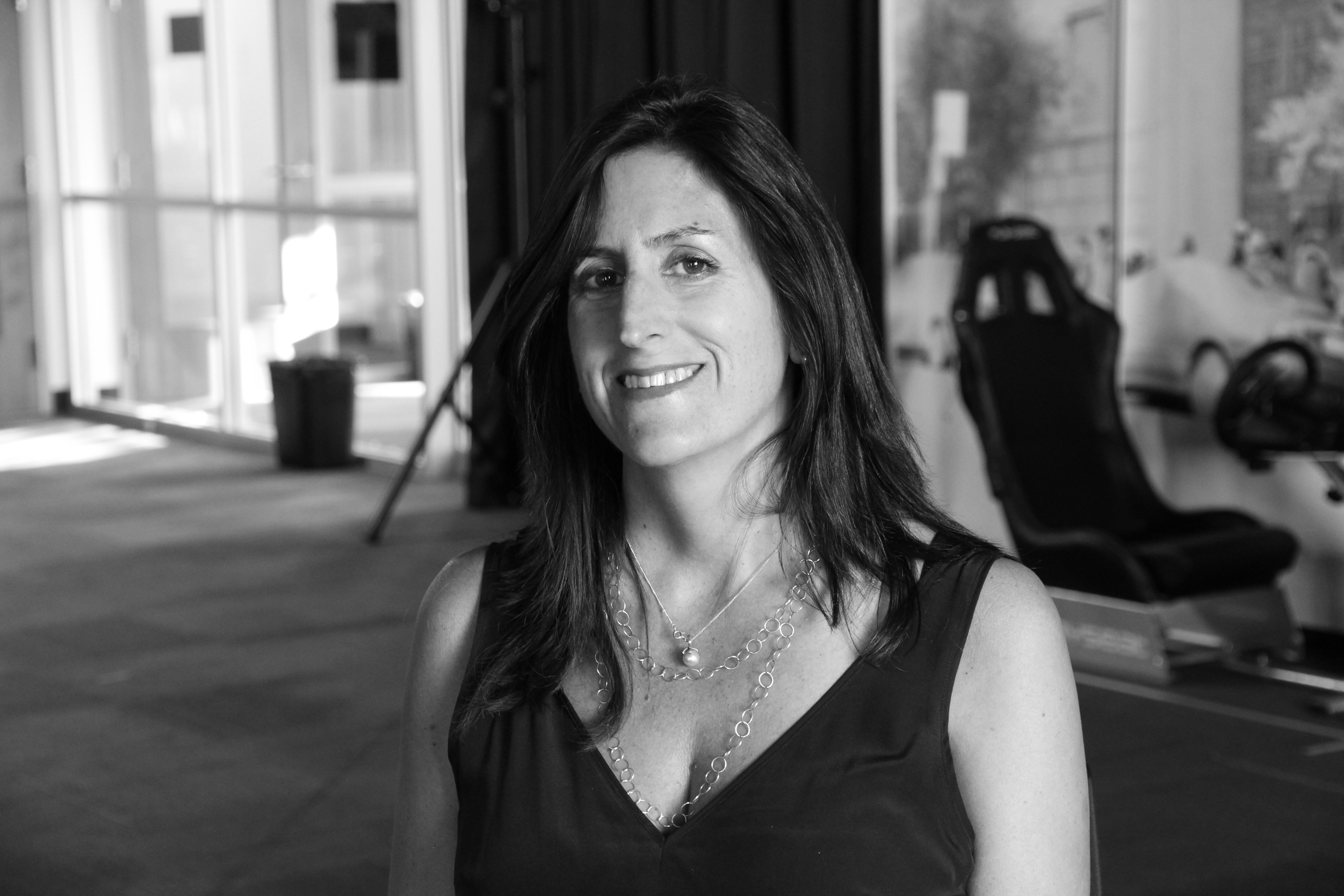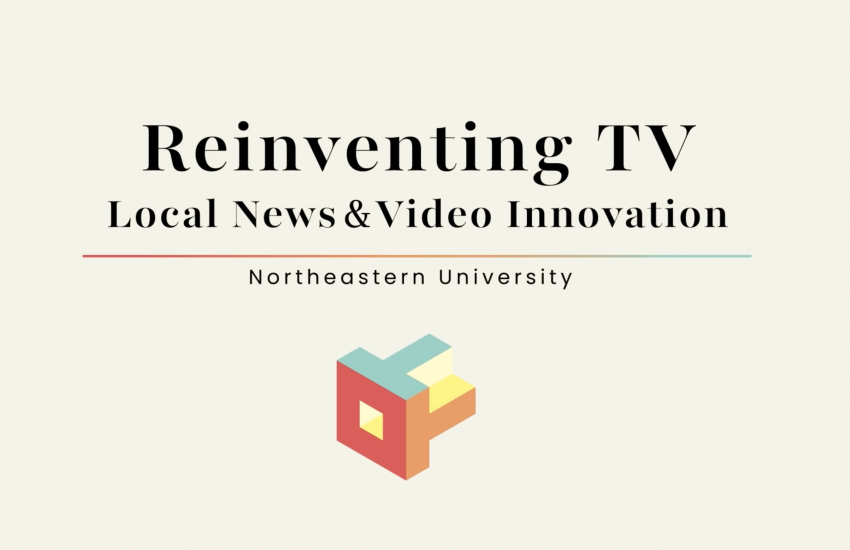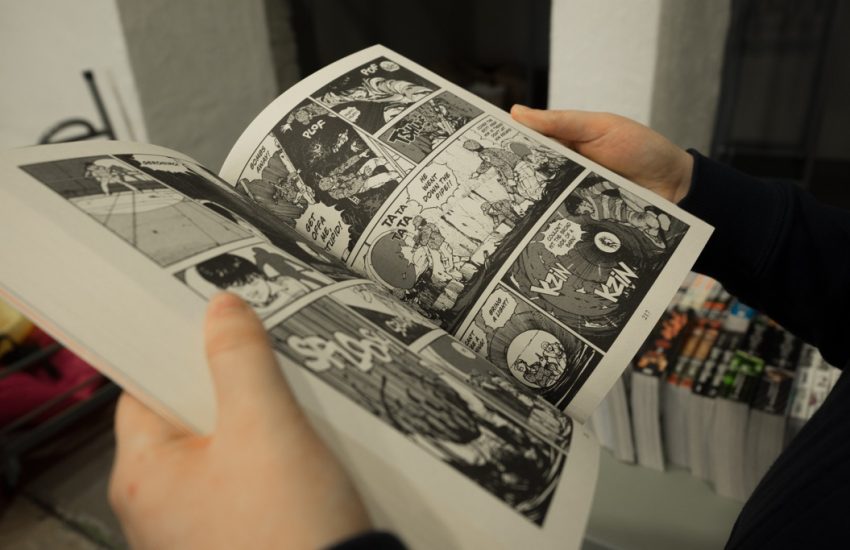The godmother of virtual reality spoils us with insight
At Sundance Film Festival in 2012, investigative journalist and virtual reality pioneer Nonny De La Peña premiered Hunger in L.A., the first VR documentary to screen at Sundance. Hunger in L.A. puts the audience directly in line at a Los Angeles food bank where they witness a man going into a diabetic coma right before their eyes. De La Peña has since produced a myriad of immersive journalism pieces through her company Emblematic Group, a VR production company that focuses on generating empathetic engagement.
Storybench spoke with De La Peña about the evolution of immersive journalism and where it’s headed.
I understand that empathy has been your goal since Sundance in 2012. How have you seen your journalism evolve since then?
One of the biggest things we’re thinking about when we put people in the midst of a scene is what’s their role? Are they a ghost? Witness? Are they a participant? And when I first built Hunger in L.A., there’s a woman who’s yelling in the food bank line; she’s overwhelmed, there’s so many people. Originally what I had is, when you walk up to her, the audio would trigger and she would turn and she would yell at you. I later thought about those clips; yelling at somebody kind of put them on scene when they never really were. In a way that felt like I was changing the journalistic structure of what happened. And so subsequently I never did that again. It shifted later on into how I approached journalistically what I was doing in the pieces.
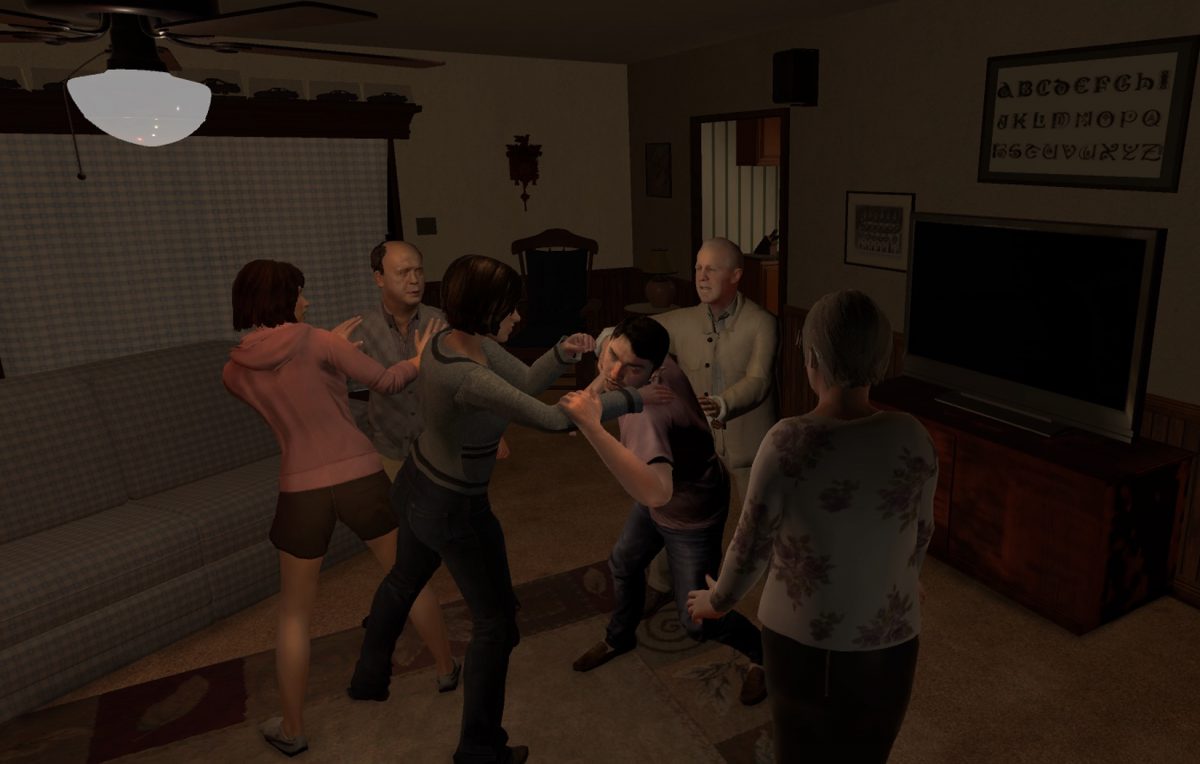
Your 2017 Sundance piece, Out of Exile: Daniel’s Story, utilizes audio from an intense altercation in which a gay teenager is violently attacked by his conservative family because of his sexuality. What was the most challenging aspect of completing this piece?
“Are they a ghost? Witness? Are they a participant?”
Do you think there are stories that aren’t suited to virtual reality?
You know, every time I think that, somebody breaks that. I think there are so many interesting people starting to get involved, and once that happens, people just think differently. And they can approach stories that maybe I might find difficult to turn into VR, and they are able to make something magical happen. So I think the jury’s still out. And we can write about anything, we can make films about anything, and I think VR will probably be the same.
How can young filmmakers begin to evolve their writing style and cinematography for VR?
I have a couple of very important things that people should be thinking about. First, before you start writing, close your eyes, imagine your body in the space, and then imagine the story happening around you. That’s a crucial way to envision how VR works around you. It’s a super important way to think, because if you start thinking like we do normal film where you can just move the camera, that’s when you can make people nauseous. For many many people, if they’re in the goggles and their body says they’re standing still, but their eyes tell them that they’re moving, that disconnect between eye and ear is often what causes sickness. They have to be very, very careful in the way that you direct these pieces.
“Before you start writing, close your eyes, imagine your body in the space, and then imagine the story happening around you.”
Another thing to think about is, you can’t imagine… there’s no closeups. Right? You can place a visual in the scene, but you can’t actually frame a close-up. So that’s also a different way that young filmmakers have to think when they’re approaching virtual reality to tell their stories. There’s some very inexpensive 360 cameras out there; they’re not high-quality, but they’re inexpensive. If you get one and start playing with it, you’ll start to come into some understanding of the medium, make some mistakes, etc.
What do you think VR’s biggest barrier to entry is and how can it be overcome?
Of course, the biggest barrier is definitely the cost. The equipment and the cost. But there are tools that starting to come out on mobile phones that are going to let you capture things volumetrically. There’s a lot of places that you can just take a DSLR and find an attachment these days, so it’s just a matter of spending time investigating tools.
I want to explain the difference between doing 360 video, which is certainly a reasonable approach to doing a kind of VR, and then VR with volume. VR with volume is what I would encourage people to really start to investigate. You can begin to do things relatively inexpensively and start playing with the tools. The hardest part, of course, is the coding and the programming; 360 is becoming a pretty readily available talent, and it’s a fun place to start. But I have to emphasize: VR with volume, it’s beginning to be worthwhile to look at the tools for doing that. On Unity, for example, there’s many many many intro guides that will teach you how to work with Unity. And I think that’s really exciting.
Just because VR has a huge capacity for instilling empathy doesn’t mean that’s what people are going to gravitate towards. Once VR becomes truly mainstream, do you think the kind of pieces you want to go viral could possibly overcome an age of clickbait and cat videos?
I think that just like any medium, if people care about telling stories that matter, then we’re going to get people who want stories that matter. I think there’s going to be plenty of use in entertainment, education, [medicine]… I just think that the feeling of being on-scene is so unique that you’re able to tell stories in a much more receptive and unique manner. This doesn’t necessarily mean that you understand all the nuance, or why some things happen, but you definitely can understand what is happening.
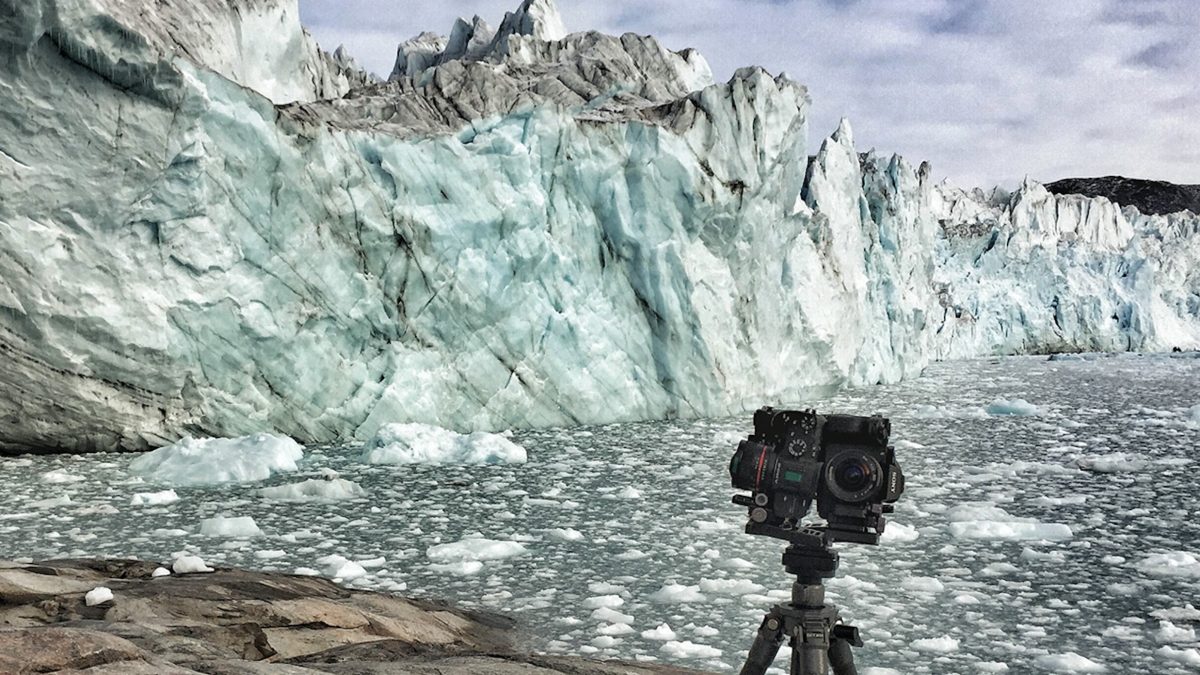
Do you have any new projects you want to talk about?
Yeah! I’m super excited about our piece “Greenland Melting,” which premiered at the Venice Film Festival a couple weeks ago. That was a PBS-Frontline partnership, and we have another one coming with them on cross-contamination of DNA—we’ll be wrapping up that piece soon. We have a couple of other things, like a financial tech tool, which is super interesting: it’s data visualization. We’re hoping to develop a really interesting fictional project soon… on hotel room trashing, so that takes you back to the classic moments in rock history when rockers would trash hotel rooms, and it also takes you through the experience of trashing it yourself.
- A quick tour of the science of virtual reality - October 16, 2017
- The godmother of virtual reality spoils us with insight - October 12, 2017
